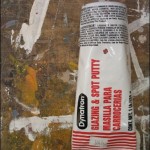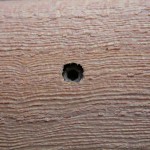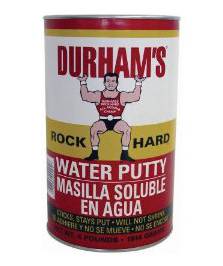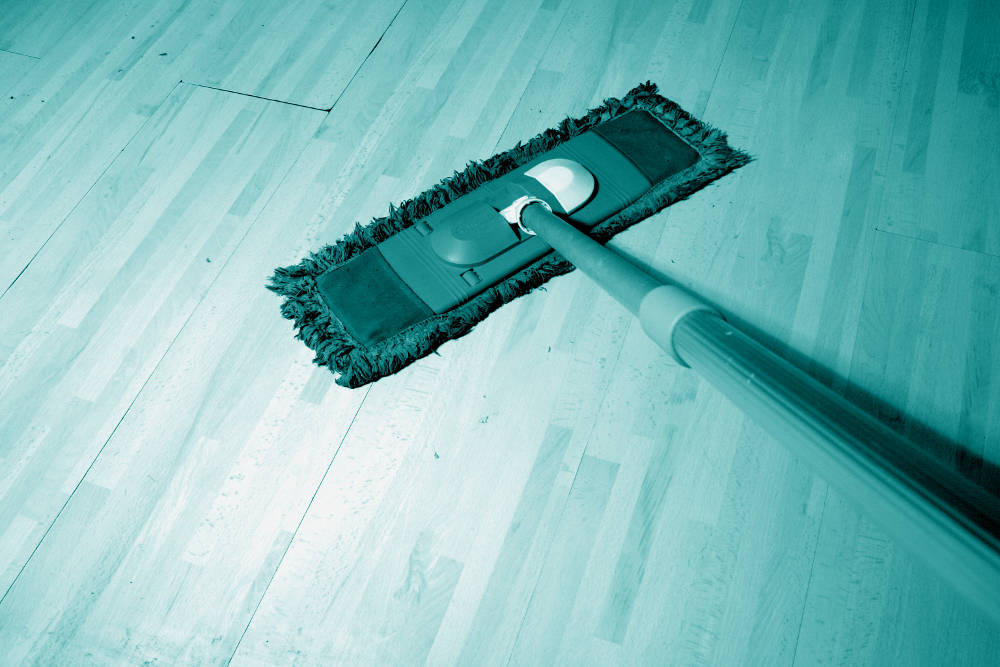Wood furniture that has seen several repairs may need a wood hole filler to hide the screw holes. Holes, scratches, and dings in furniture can make it look old, worn, and just plain ugly. To learn how to repair furniture scratches and dings please refer to our earlier post. To learn how to fill holes please continue reading.
Screw Hole Filler
Fixing a screw hole depends on the wood type that you are dealing with. For example, if you are dealing with soft woods, you can use strips of the same wood as a wood hole filler by gluing them into the hole. Make sure that the glue has dried for a few hours and then level and sand the area as necessary.
 This also works with hardwoods, but make sure that you don’t mix them up. If you don’t know what type of wood you are working on, you can always be a try and use other kinds of wood like matchsticks or toothpicks instead. You could also try and find the strongest epoxy glue or “Bondo” fillers, but these may cause problems, as they don’t flex with the wood. Wood fillers are also a common option but they aren’t the best for structural safety. This is because wood fillers are usually used for aesthetics and are not strong enough to hold screws and such.
This also works with hardwoods, but make sure that you don’t mix them up. If you don’t know what type of wood you are working on, you can always be a try and use other kinds of wood like matchsticks or toothpicks instead. You could also try and find the strongest epoxy glue or “Bondo” fillers, but these may cause problems, as they don’t flex with the wood. Wood fillers are also a common option but they aren’t the best for structural safety. This is because wood fillers are usually used for aesthetics and are not strong enough to hold screws and such.
Fixing A Normal Hole
Holes can also be caused by age or excessive use on some furniture. If the damage is only as deep as the surface, they can easily be repaired with the use of a wood hole filler. One filler that you can use for small holes are putty sticks. These types of fillers come in different wood tones. If none of them matches your wood, you can mix several colors together. Using a putty stick is very easy. You simply have to apply it on the hole and then use your fingers to level it with the wood. If you are going to have the surface finished or refinished, make sure that the putty has dried for at least 7 days.
If the holes are large, the easiest types of fillers that you can use are water putty or a large hole wood filler. Both of these fillers can come in different colors but they are usually darker than the wood. When using wood fillers, clean the hole using a craft knife then press the filler in. Make sure to do it tightly and to leave a small mound above the wood because filler shrink when they dry. They usually dry quickly, but it is better to leave them alone for two days before smoothing, sanding, and buffing the area.
 Water putty, on the other hand, is the best filler for bare wood. To use it, the powder is mixed with water and then applied into the hole using a putty knife. Like wood fillers, make sure that there is a small mound left above the wood. Level the area by sanding and then finish the surface or the whole furniture.
Water putty, on the other hand, is the best filler for bare wood. To use it, the powder is mixed with water and then applied into the hole using a putty knife. Like wood fillers, make sure that there is a small mound left above the wood. Level the area by sanding and then finish the surface or the whole furniture.
Interior Vs. Exterior Wood Fillers
As their name suggests, an interior wood hole filler is used for indoor furniture while an exterior wood hole filler is used for outdoor furniture. It is important to know the difference between the two because one type of filler may not work well when used in an environment that it is not compatible with. Outdoor furniture, for example, need fillers that can resist weather changes while indoor furniture doesn’t really need these. However, although they can be quite different from each other, there are still some products that can work for both indoor and outdoor furniture.
There are many different ways to fill holes in your furniture. It is important to know what type of hole you are working with and for what purpose you are going to use it for because the methods of filling these holes are very different from each other. For example, wood fillers may be great options for normal holes but they aren’t as advisable for screw holes. Using the correct methods will definitely lengthen your furniture’s lifespan.


